10 Irresistible Chicken Seasoning Rubs That’ll Make Your Taste Buds Dance!
Spice up your kitchen game and take your chicken from bland to brilliant with the magic of a well-crafted chicken seasoning rub. Whether you're grilling, roasting, or pan-searing, the right blend can turn an ordinary bird into the star of the dinner table. In this article, we'll explore everything you need to know about creating and using chicken rubs — from spice basics to store-bought options that’ll save you time without sacrificing flavor.
Table of Contents
- What Is a Chicken Seasoning Rub?
- Why Use a Rub Instead of Just Salt and Pepper?
- The Basic Components of a Great Rub
- DIY Chicken Rub Recipes: From Smoky to Spicy
- Top Store-Bought Chicken Rubs Reviewed
- How to Apply a Rub Like a Pro
- Buying Guide: How to Choose the Best Chicken Seasoning Rub
- Conclusion: Flavor is Just a Rub Away
What Is a Chicken Seasoning Rub?
A chicken seasoning rub is a mixture of dry spices and herbs used to coat raw chicken before cooking. Unlike marinades, which are liquid-based, rubs rely on a balance of texture and flavor absorption to infuse meat with taste while enhancing its outer crust.
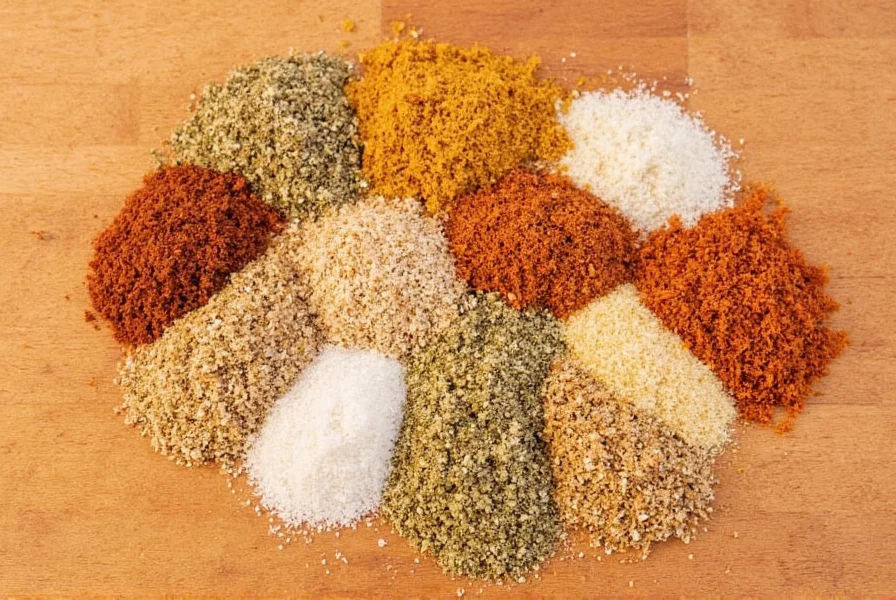
Rubs work by adhering to the surface of the chicken and often create a flavorful bark or crust during the cooking process. They’re particularly popular in barbecue, but their versatility makes them ideal for any cooking method — whether grilled, baked, or roasted.
Why Use a Rub Instead of Just Salt and Pepper?
Salt and pepper are kitchen essentials, no doubt — but they only scratch the surface of what’s possible when it comes to flavor. A good chicken seasoning rub brings layers of complexity to your dish through:
- Depth of Flavor: Think paprika’s earthiness, cumin’s warmth, and chili powder’s heat working together.
- Texture Contrast: The spices caramelize slightly, forming a deliciously crispy crust.
- Flavor Retention: Dry rubs enhance the natural juices of the chicken, locking in flavor during cooking.
The Basic Components of a Great Rub
While every culture has its own take on spice blends, most successful chicken seasoning rubs share a few common ingredients. Here's a breakdown of the typical components:
| Component | Purpose | Examples |
|---|---|---|
| Salt | Enhances flavor and helps draw moisture to the surface | Kosher salt, sea salt |
| Sugar | Helps with browning and balances out spicy or savory notes | Brown sugar, white sugar, molasses powder |
| Spices | Provide aroma and complexity | Paprika, garlic powder, onion powder, black pepper |
| Herbs | Add freshness and depth | Oregano, thyme, rosemary |
| Heat Elements (optional) | For those who like a kick | Cayenne, chili powder, crushed red pepper |
DIY Chicken Rub Recipes: From Smoky to Spicy
If you love experimenting in the kitchen, making your own chicken seasoning rub is both fun and rewarding. Here are three signature blends you can try at home:
Classic Southern BBQ Rub
- 2 tbsp paprika
- 1 tbsp brown sugar
- 1 tbsp kosher salt
- 1 tsp garlic powder
- 1 tsp onion powder
- ½ tsp smoked paprika
- ½ tsp black pepper
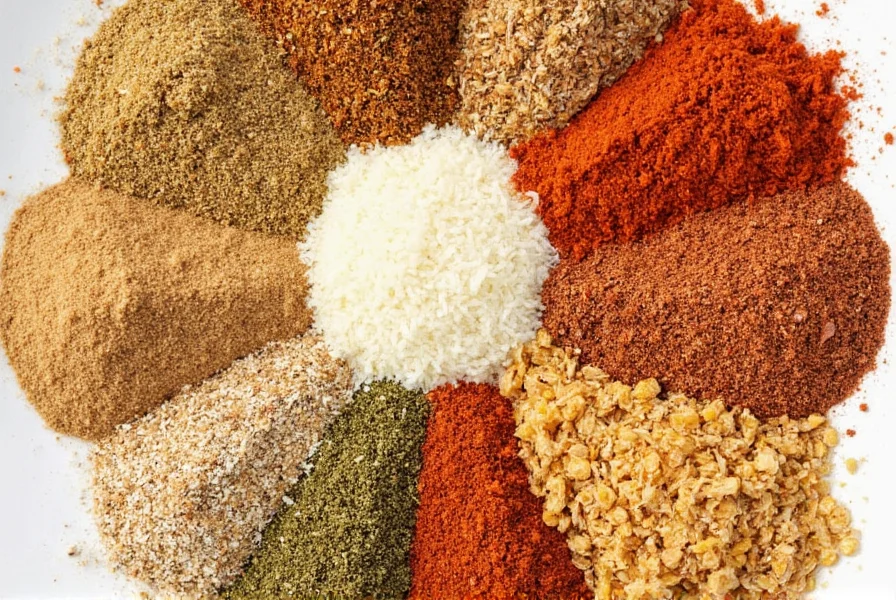
Garlic Herb Delight
- 2 tbsp garlic powder
- 1 tbsp dried thyme
- 1 tbsp dried rosemary
- 1 tsp lemon zest (optional)
- 1 tsp salt
- ½ tsp black pepper
Fiery Fiesta Rub
- 2 tbsp chili powder
- 1 tsp cayenne pepper
- 1 tsp cumin
- 1 tsp smoked paprika
- 1 tsp salt
- ½ tsp lime zest (dried)
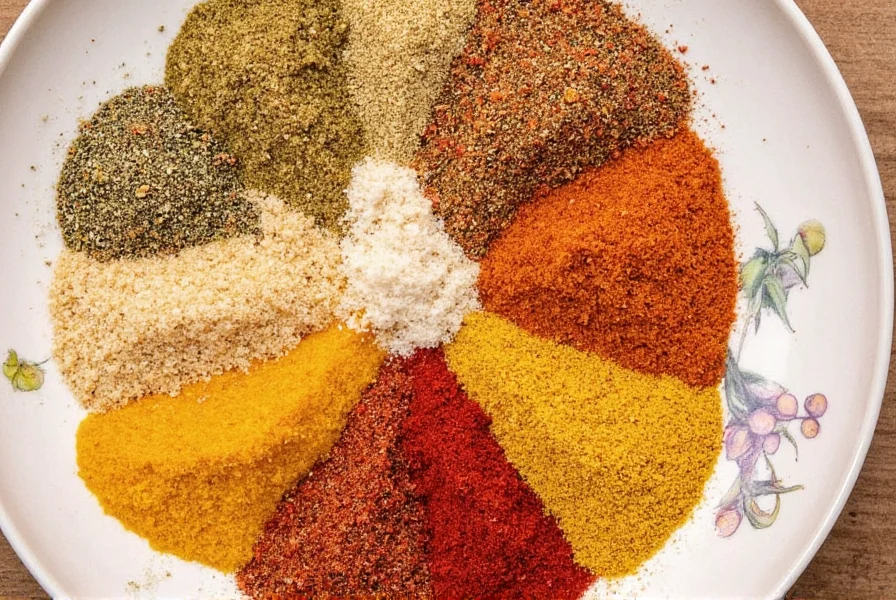
Top Store-Bought Chicken Rubs Reviewed
Don’t have time to mix your own? No problem! Here’s a roundup of top-rated store-bought chicken seasoning rubs that bring restaurant-quality flavor to your kitchen with zero effort.
1. McCormick Grill Mates Chicken Rub
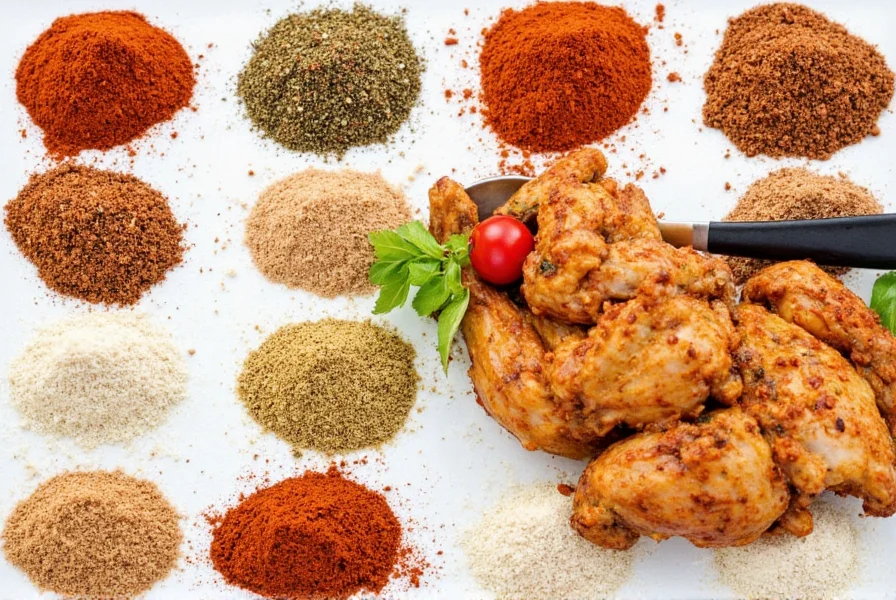
- Features: Balanced blend of herbs and spices with a hint of sweetness.
- Use Cases: Grilled chicken, baked breasts, rotisserie.
- Best For: quick weeknight meals and family dinners.
- Pros: Affordable, widely available.
- Cons: Lacks customization options.
2. Badia Chicken Seasoning

- Features: Contains garlic, oregano, coriander, and citrus notes.
- Use Cases: Tacos, grilled skewers, Latin-inspired dishes.
- Best For: Authentic Latino-style chicken recipes.
- Pros: Unique flavor profile, great for ethnic dishes.
- Cons: Might be too strong for mild palates.
3. Tony Chachere’s Creole Seasoning
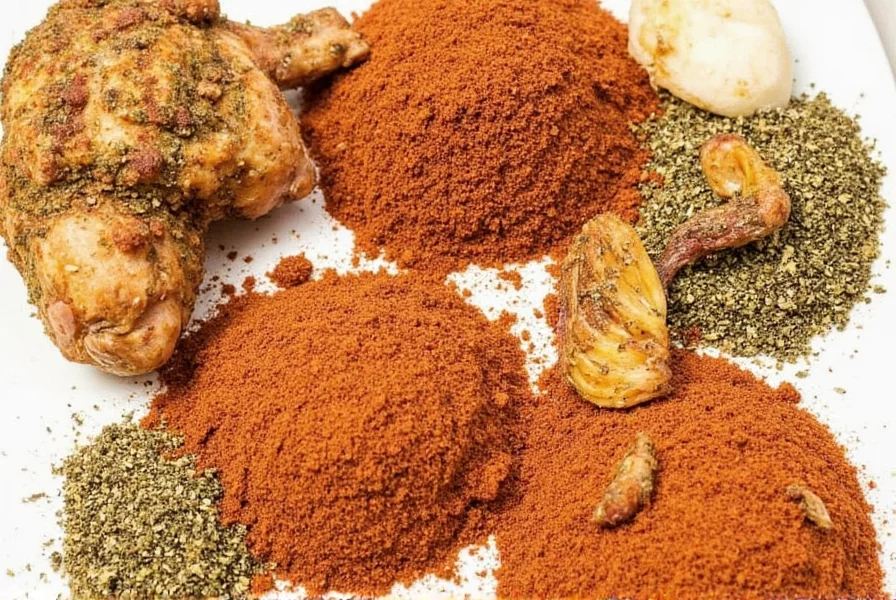
- Features: Zesty, bold with Cajun flair.
- Use Cases: Jambalaya, gumbo, fried chicken, or roasted thighs.
- Best For: Those who love a bit of heat and complexity.
- Pros: Versatile enough for multiple cuisines.
- Cons: Salty base may require adjusting added salt.
4. Weber Grilled Chicken Rub

- Features: Subtle blend with Mediterranean undertones.
- Use Cases: Ideal for grilled chicken salads or wraps.
- Best For: Health-conscious cooks looking for lighter flavors.
- Pros: Low sodium and balanced taste.
- Cons: Slightly more expensive than other brands.
How to Apply a Rub Like a Pro
Applying a chicken seasoning rub properly ensures the best flavor penetration and crust formation. Follow these simple steps:
- Dry the Chicken: Pat the chicken pieces thoroughly with paper towels. Moisture repels spices!
- Apply Generously: Use your hands to press the rub into all sides of the chicken.
- Rest Time: Let it sit uncovered in the fridge for at least 30 minutes, or preferably overnight.
- Cook to Perfection: Whether grilling, baking, or pan-searing, let the rub shine!
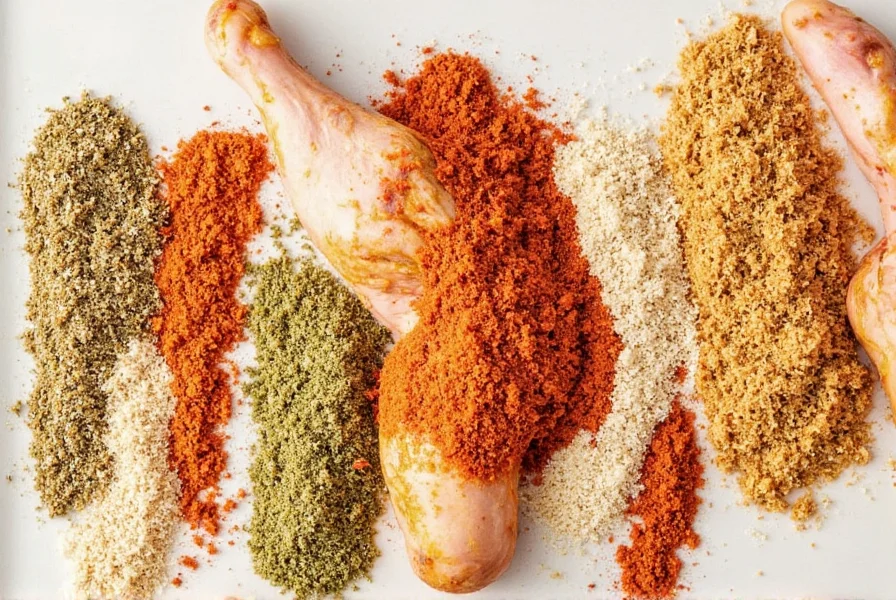
Buying Guide: How to Choose the Best Chicken Seasoning Rub
With so many products lining the shelves, choosing the right chicken seasoning rub can feel overwhelming. Here’s how to pick one that suits your style:
Know Your Flavor Preferences
- Mild & Earthy: Look for blends with garlic, onion, paprika, and herbs like thyme.
- Smoky: Check for smoked paprika, chipotle, or hickory-infused salts.
- Spicy: Seek out rubs containing cayenne, chili powders, or habanero flakes.
Consider the Cooking Method
| Cooking Method | Ideal Rub Type |
|---|---|
| Grilling | Robust, smoky, or spicy blends |
| Baking/Roasting | Herb-forward or sweet-spiced combinations |
| Pan-searing | Lighter, aromatic profiles with less sugar content |
Check the Ingredients
- Avoid artificial preservatives if you prefer clean eating.
- Look for real spices, not just “natural flavors” or fillers.
Think About Occasion and Audience
- Family Dinners: Go for familiar, crowd-pleasing blends.
- Dinner Parties: Try gourmet or artisan blends for extra flair.
- Kids’ Meals: Opt for milder versions without intense heat or bitterness.
Conclusion: Flavor is Just a Rub Away
A well-chosen chicken seasoning rub can transform even the humblest piece of poultry into something unforgettable. Whether you opt for a DIY mix tailored to your tastes or reach for a trusted brand off the shelf, mastering the art of the rub opens up a world of culinary creativity. So next time you're prepping dinner, don’t settle for plain old salt — reach for that jar of flavor-packed goodness and let your taste buds dance with joy.
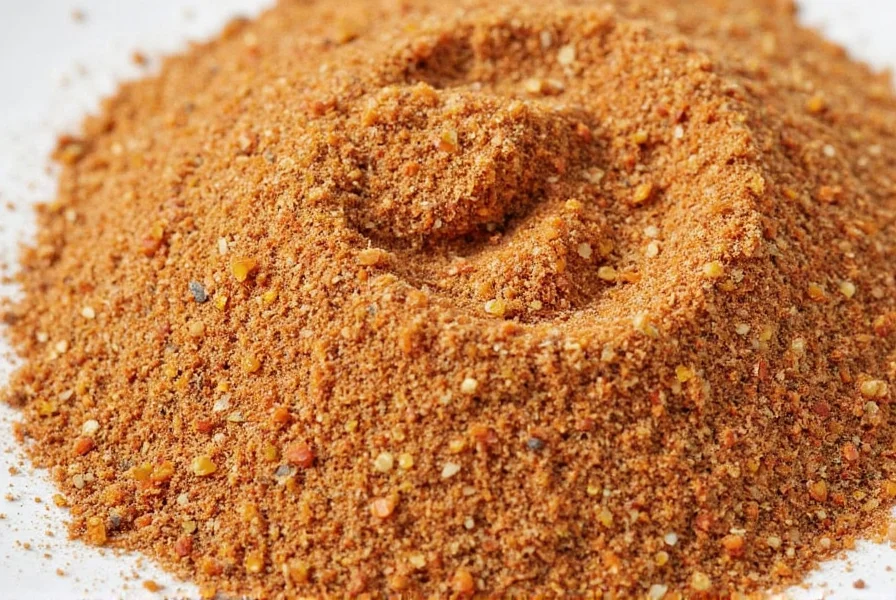
Now go forth, season boldly, and make every bite count!











 浙公网安备
33010002000092号
浙公网安备
33010002000092号 浙B2-20120091-4
浙B2-20120091-4